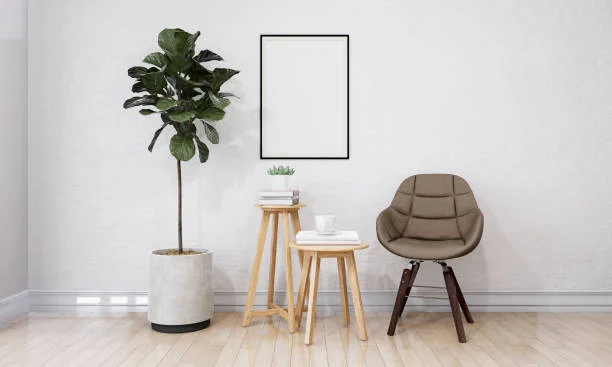The mid-century modern bucket chair is a study in refined simplicity. Its sculpted curves, minimalist frame, and subtle nod to organic form have secured its place as a design icon. Beyond its visual appeal, it offers an immersive seating experience—an inviting cradle of style and substance. In any room, it bridges eras, marrying nostalgia with contemporary relevance.
Understanding the Signature Silhouette
A proper mid-century modern bucket chair is instantly recognizable. The seat wraps gently around the sitter, forming a cocoon-like embrace. The lines are clean yet softened by graceful curvature, often perched atop slender, tapered legs. This distinctive form is not merely aesthetic—it is an intentional design that balances style with ergonomic support.
The “bucket” refers to the enveloping seat shell, often formed from molded plywood, fiberglass, or upholstered foam. In the mid-century era, this design was a departure from rigid, formal seating, introducing a more relaxed yet structured alternative.
Material Choices That Define the Era
Mid-century modern Chairs are celebrated for their material authenticity. Wood frames—often walnut or teak—bring warmth and a tactile richness. Metal bases, sometimes chrome-plated, inject a crisp industrial edge. Upholstery ranges from woven textiles to supple leathers, each enhancing the chair’s character.
Wood, Metal, and Upholstery in Harmonious Balance
A hallmark of the period is the marriage of natural and artificial materials. This duality captures the optimism of post-war design: warmth grounded in tradition, paired with innovation and modernity.
Ergonomic Design for Everyday Comfort
While the mid-century modern bucket chair is an aesthetic triumph, it is also a testament to comfort-focused engineering. Its contours mirror the body’s natural shape, with a seat depth that encourages relaxation without sacrificing posture.
Curvature, Depth, and Posture Alignment
The inward sweep of the arms and back provides lateral support, while the angled backrest promotes an open chest and relaxed shoulders. These details transform the chair from mere decoration into a daily retreat.
Color and Finish: Setting the Tone
Authentic mid-century palettes are rich yet understated—muted teals, mustard golds, earthy browns, and burnt oranges. Modern interpretations may venture into monochrome or jewel tones, allowing for broader customization while preserving the spirit of the era.
Authentic Retro Palettes vs. Modern Interpretations
Choosing a period-inspired color anchors the chair in its design heritage, while contemporary shades can help it blend seamlessly into eclectic or updated spaces.
Matching the Chair to Your Space
A mid-century modern bucket chair should feel proportionate, neither lost in a room nor overpowering it. Consider sightlines, natural lighting, and the visual weight of adjacent furnishings.
Proportion, Placement, and Surrounding Décor
In a compact reading nook, a single bucket chair with a side table can create a sanctuary. In a larger lounge, pairing two chairs can establish symmetry and conversational intimacy.
Quality Craftsmanship: What to Look For
A well-made mid-century modern bucket chair is an investment. Inspect the joinery—mortise and tenon for wood, welded seams for metal. The upholstery should be taut, with precise stitching that resists fraying.
Joinery, Stitching, and Frame Durability
A chair’s lifespan depends on its construction integrity. Quality craftsmanship ensures the piece remains both beautiful and functional for decades.
Incorporating the Chair into a Cohesive Interior Scheme
The bucket chair thrives in both dedicated mid-century spaces and modern hybrids. Its form is versatile enough to complement Scandinavian minimalism, industrial lofts, or eclectic bohemian interiors.
Blending with Existing Furniture and Accents
Pair with low-profile sofas, geometric rugs, and warm lighting to honor its design roots, or juxtapose with sleek glass and steel for a fresh contrast.
Conclusion
The mid-century modern bucket chair is more than a decorative relic—it is a living design legacy. By considering silhouette, materials, ergonomics, palette, proportion, and craftsmanship, it’s possible to select a piece that not only enhances your home’s aesthetic but also enriches your daily life. In its timeless curve lies the promise of comfort, elegance, and enduring style.
Discover secrets and insights that captivate your mind at Management Works Media.






